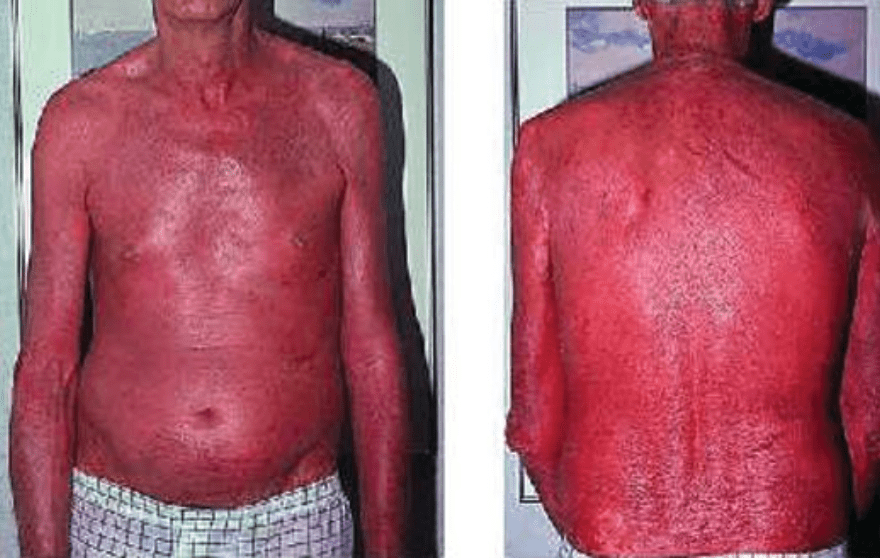Two Types: allergic (Type IV delayed hypersensitivity reaction) and irritant (from direct damage to skin caused by chemicals etc)
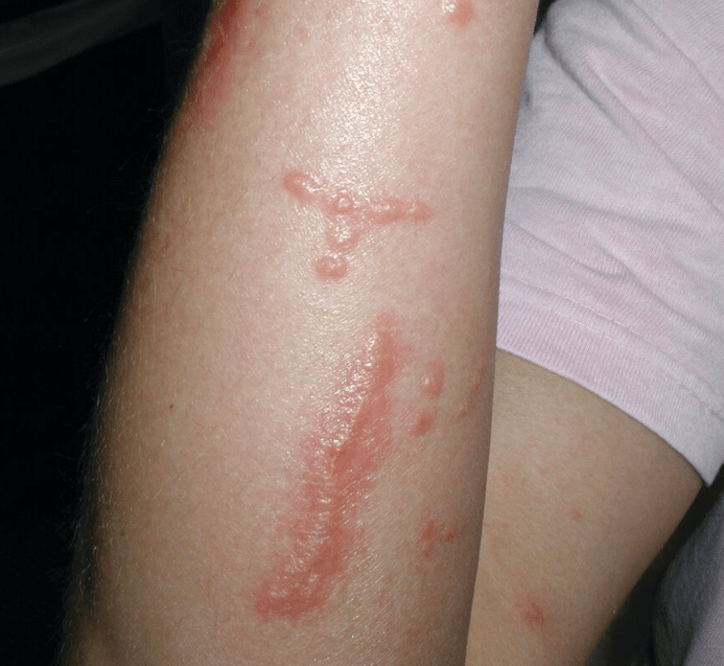
What is Contact Dermatitis?
This is the most common drug reaction. The rash appears during the first or second week after drug exposure. Palms and soles are usually spared. This type of reaction is classically induced with the use of ampicillin or amoxicillin in patients with acute Epstein-Barr virus infection.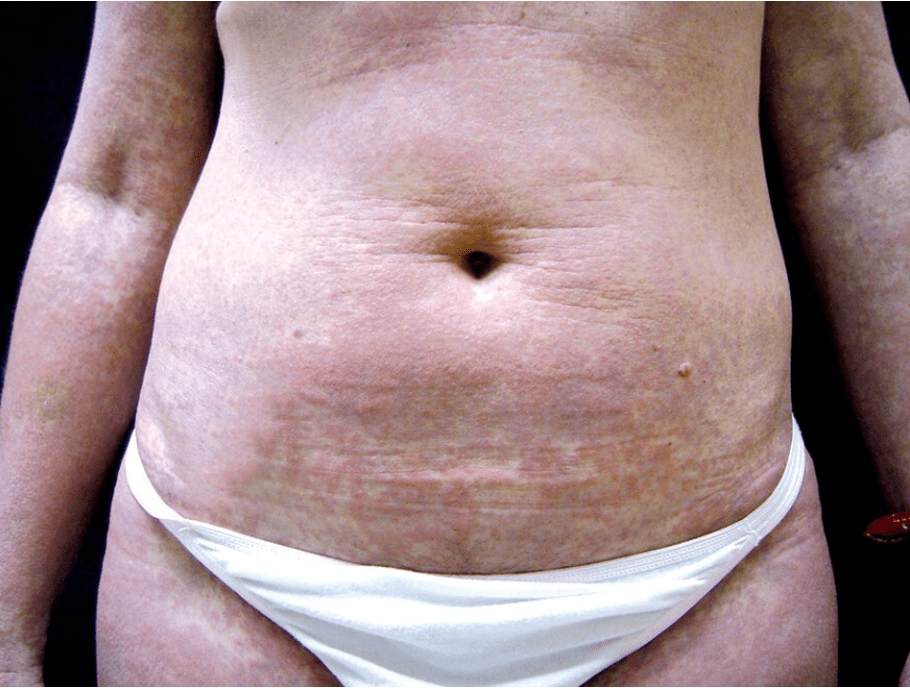
What is Exanthematous (Morbilliform) Drug Eruption?
This is a chronic inflammatory condition affecting the pilosebaceous unit (hair follicle and sebaceous gland). Treatment includes topical retinoids, benzoyl peroxide, and topical antibiotics.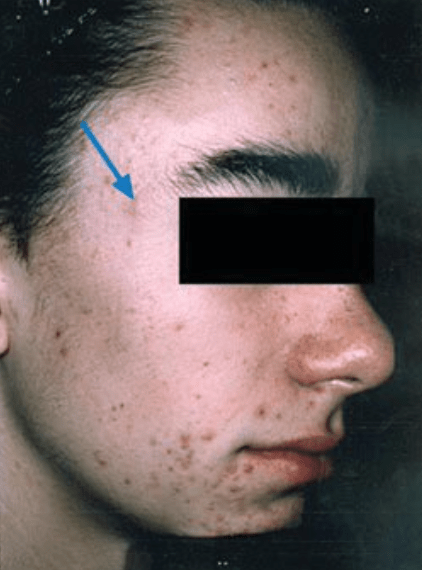
What is Acne vulgaris?
Cutaneous manifestations of this condition are common and include perifollicular hemorrhage, follicular hyperkeratotic papules, and coiled “corkscrew” hairs. Other manifestations include petechiae, purpura, gingival bleeding, and splinter hemorrhages. Hemarthroses, edema, dyspnea, and death may occur in advanced cases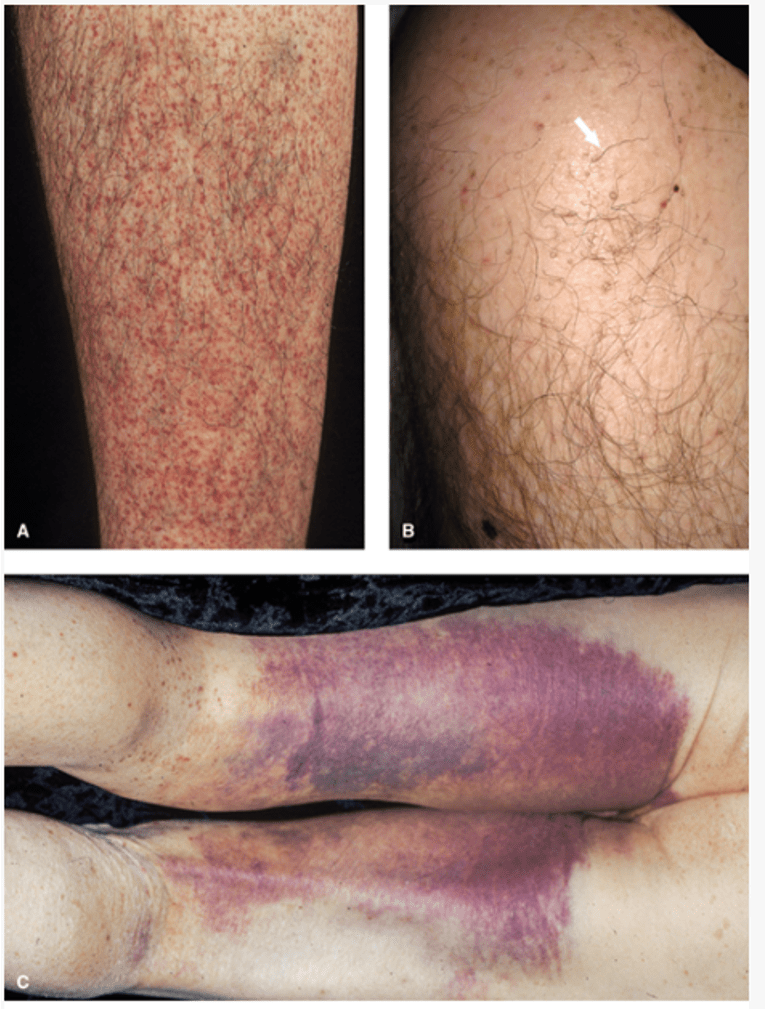
What is Vitamin C Deficiency (Scurvy)?
This is caused by Malassezia furfur, a commensal fungus that lives in hair follicles and the stratum corneum. Topical treatment using ketoconazole 2% shampoo or selenium sulfide suspension is effective.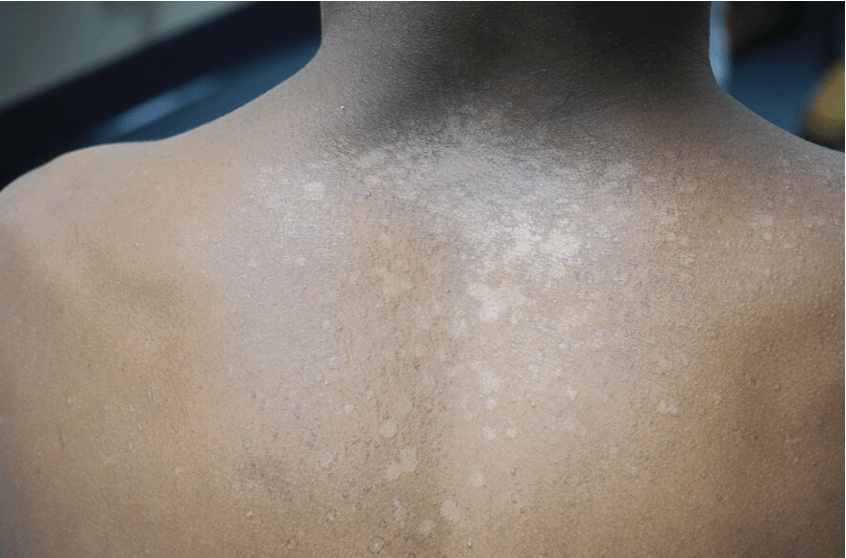
What is Pityriasis versicolor (tinea versicolor)?
Identifying characteristics of this are the ABCDEs: Asymmetry, irregular Border, multiple Colors, Diameter greater than 6 mm, and Evolution or change over time.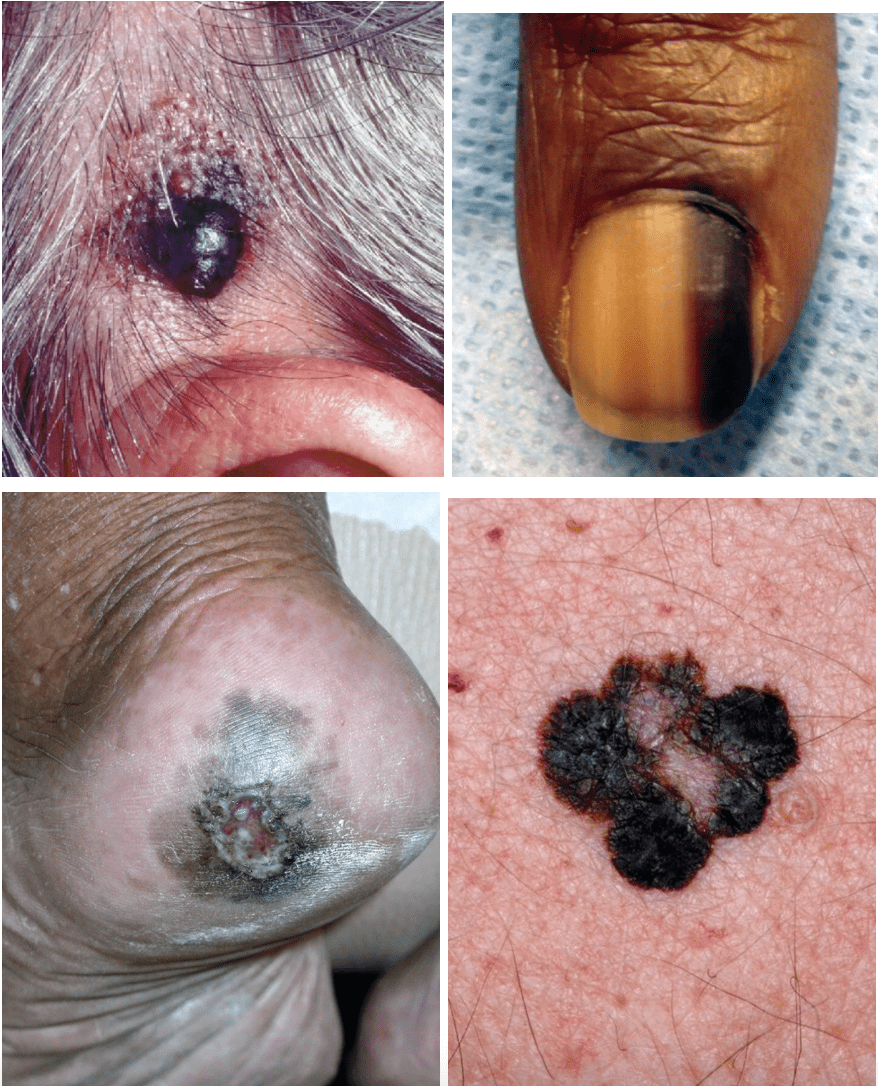
What is Melanoma?
Cardiovascular disease is the leading cause of death among patients with this condition. Topical glucocorticoids are the mainstay of treatment; however, phototherapy, methotrexate, acitretin, and cyclosporine can be used as well.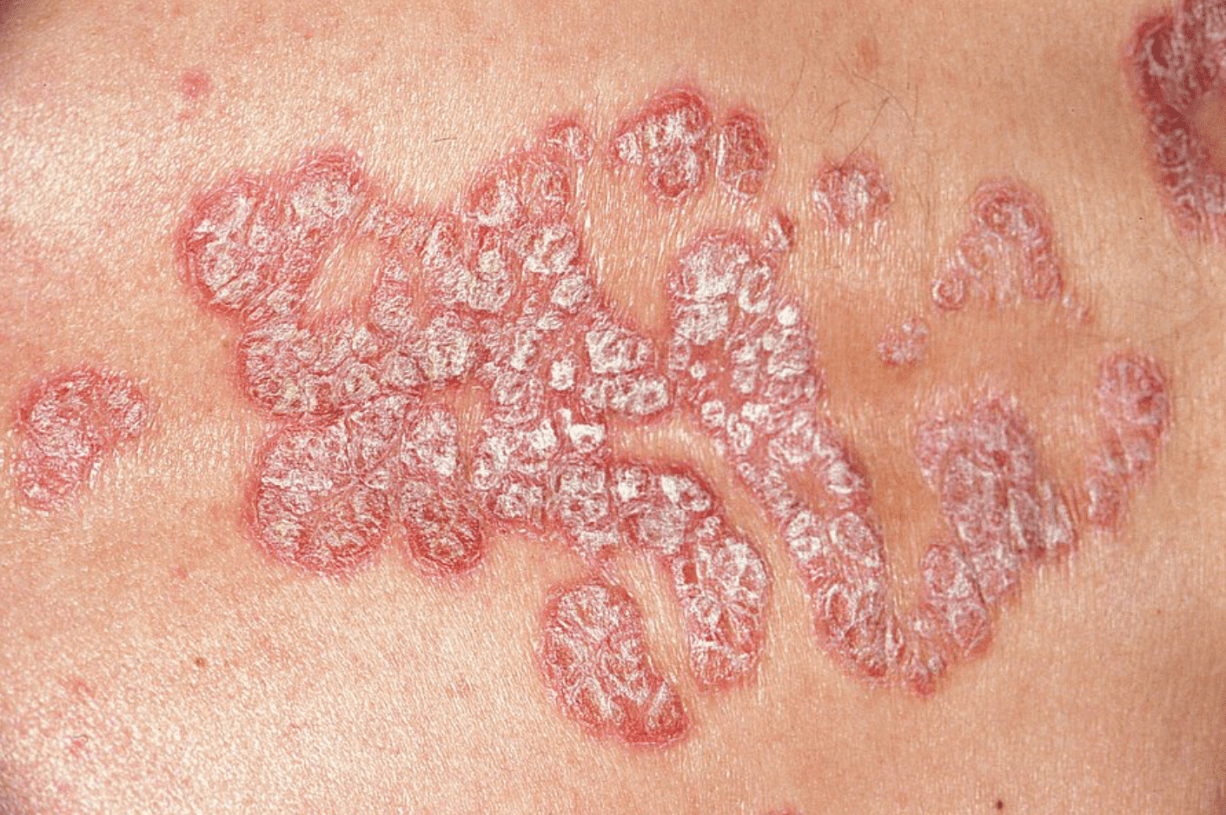
What is psoriasis?
This condition is characterized by edema, bilateral erythematous patches, weeping vesicles, ankle varicosities, and hyperpigmentation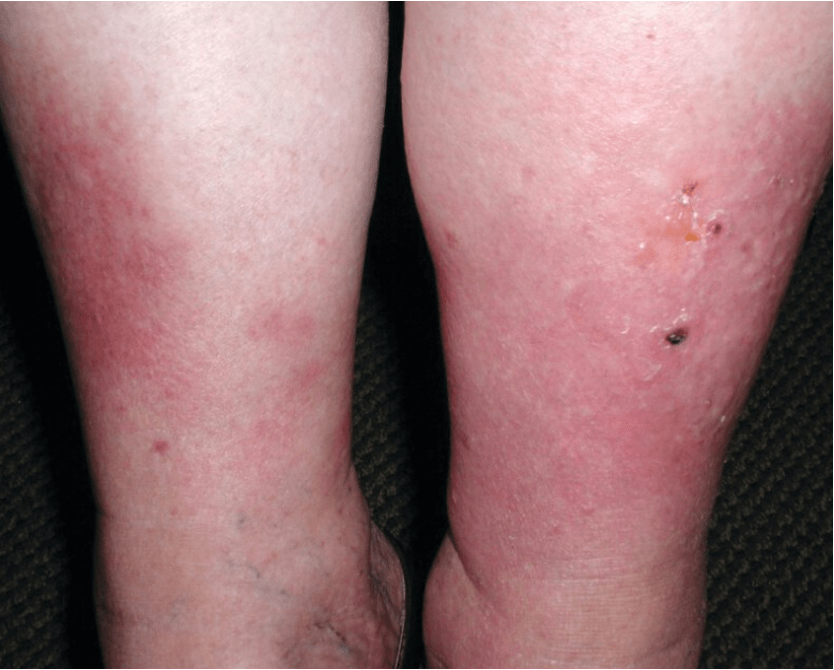
What is Venous Stasis Dermatitis?
This condition recurs at the same sites on the skin with each exposure. Pink-to-purple circinate plaques with central dusky discoloration or vesiculation appear most commonly on the lips, face, fingers, and genitals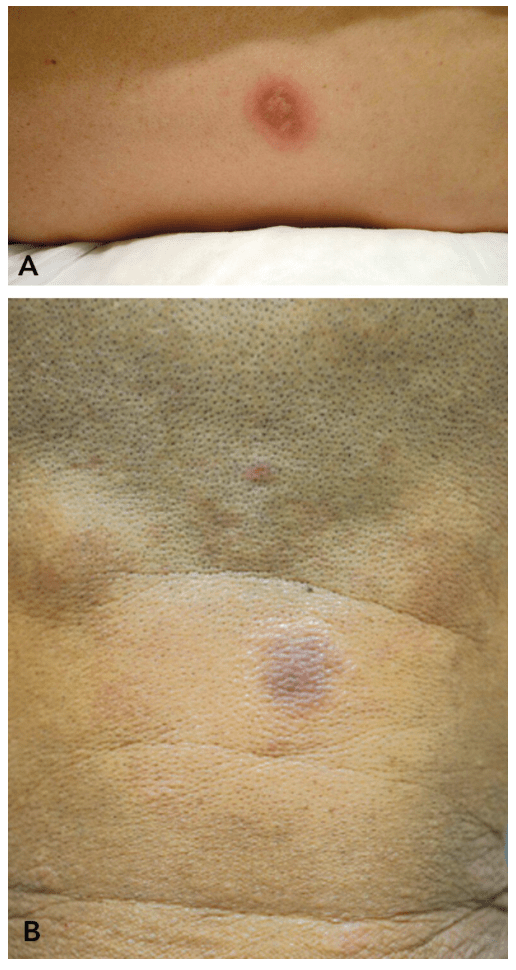
What is a Fixed Drug Eruption?
This is an inflammatory condition appearing in the third to sixth decades of life. Most patients have frequent flushing in response to triggers, such as stress, alcohol consumption, heat, and excessive sunlight.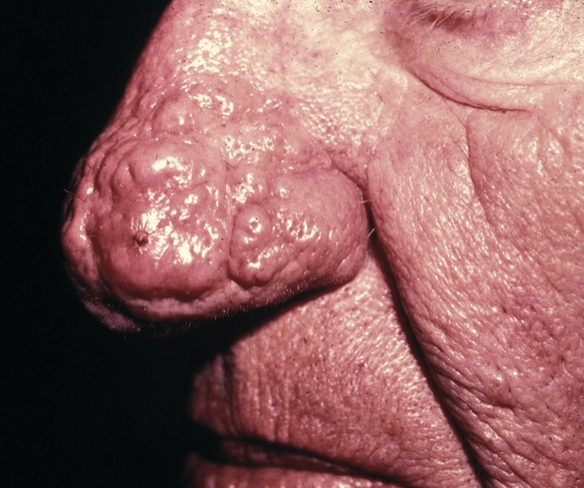

What is Rosacea?
This condition most frequently presents with erythema in sun-exposed areas, including the neck and hands, resembling a sunburn, and subsequently evolving into a dry and hyperpigmented rash. Other frequent manifestations include diarrhea and alteration in cognition ranging from insomnia to dementia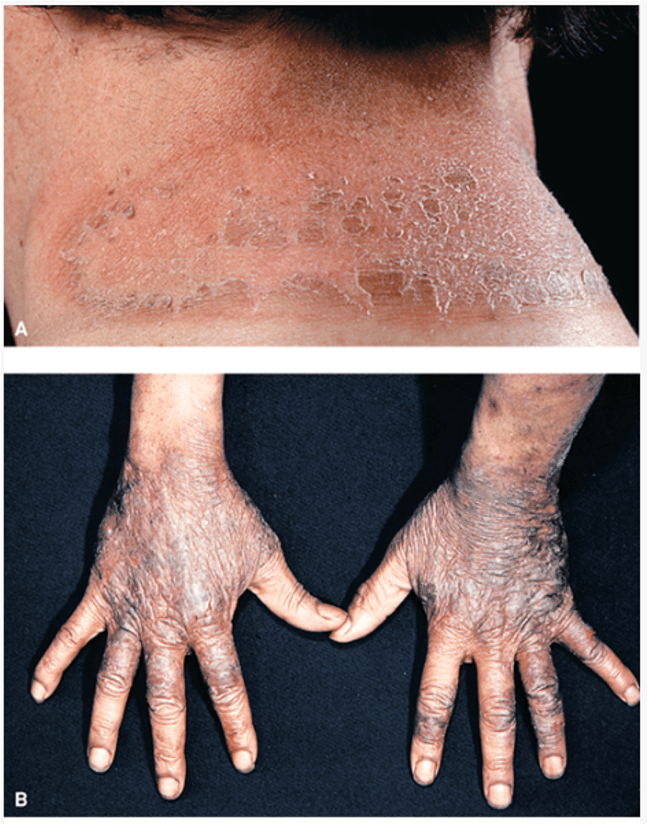
What is Niacin Deficiency (Pellagra)?
This is caused by a DNA virus that causes varicella (chickenpox), an acute illness characterized by fever and an eruption of vesicles on an erythematous base that is transmitted by respiratory droplets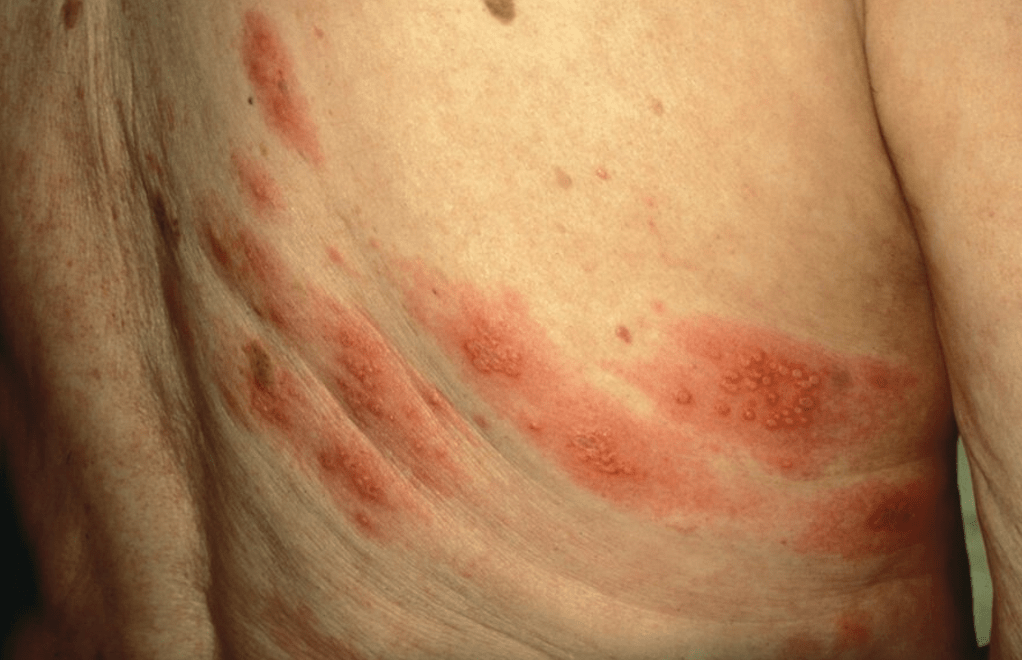
What is Shingles (varicella-zoster virus infection)?
These are usually self-limited and treatment unnecessary; however, in severe cases, including those with a protracted course or in persons who are immunocompromised, destructive treatments can be used.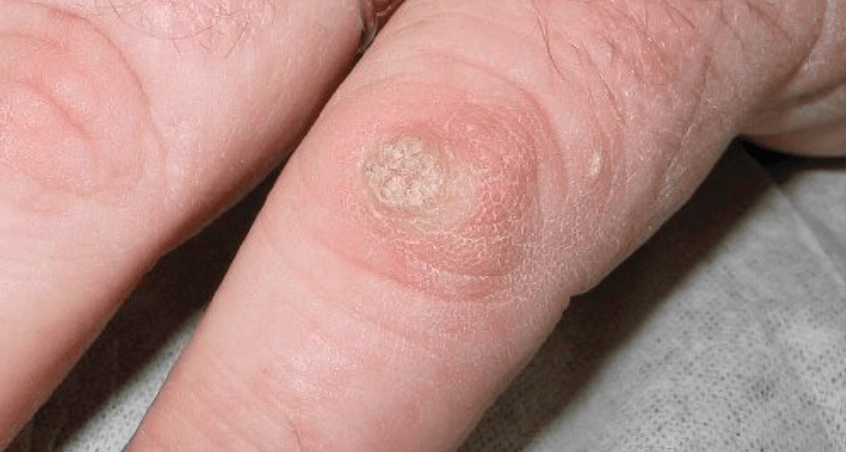
What are warts?
This is the most common form of panniculitis. It is associated with sarcoidosis, streptococcal infection, IBD and more. Therapy is supportive and includes the use of NSAIDs and compression stockings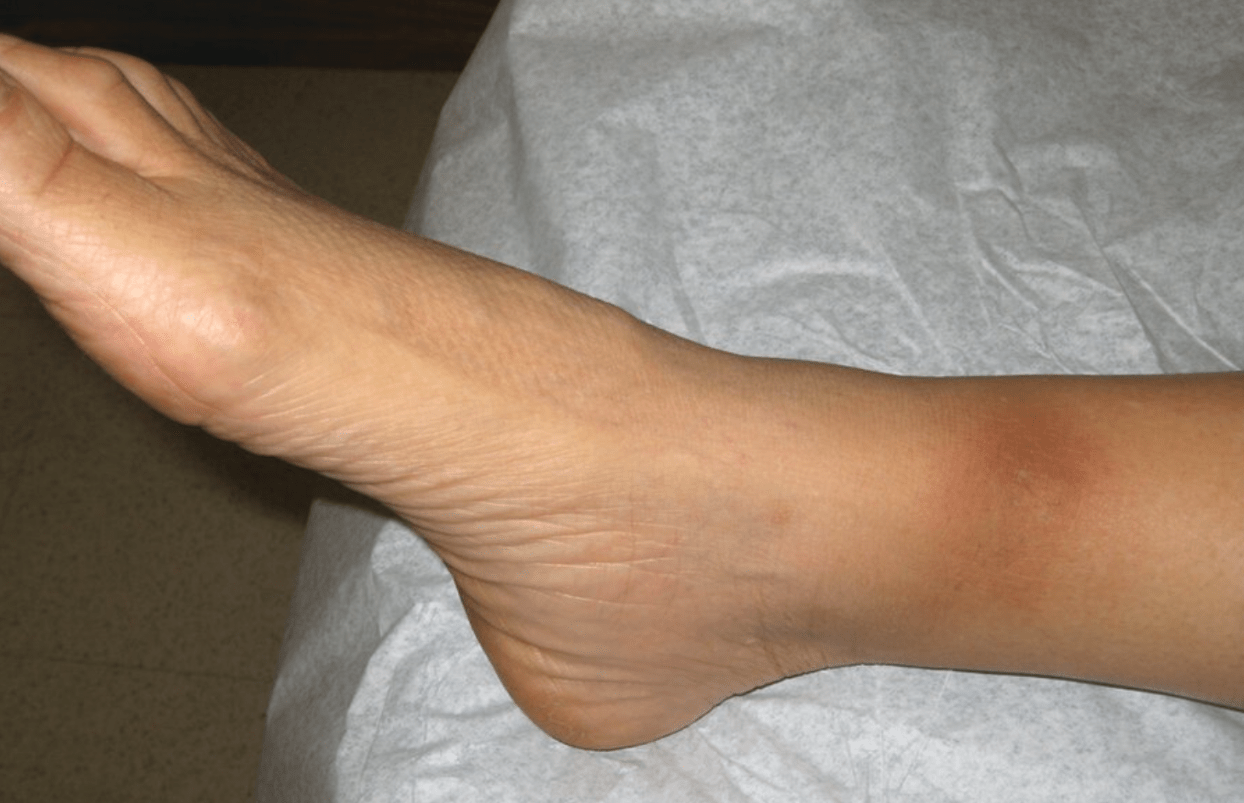
What is Erythema nodosum?
A common condition characterized by greasy, yellow, scaly, erythematous patches in seborrheic areas (scalp, face, ears, upper chest, axillae, and inguinal folds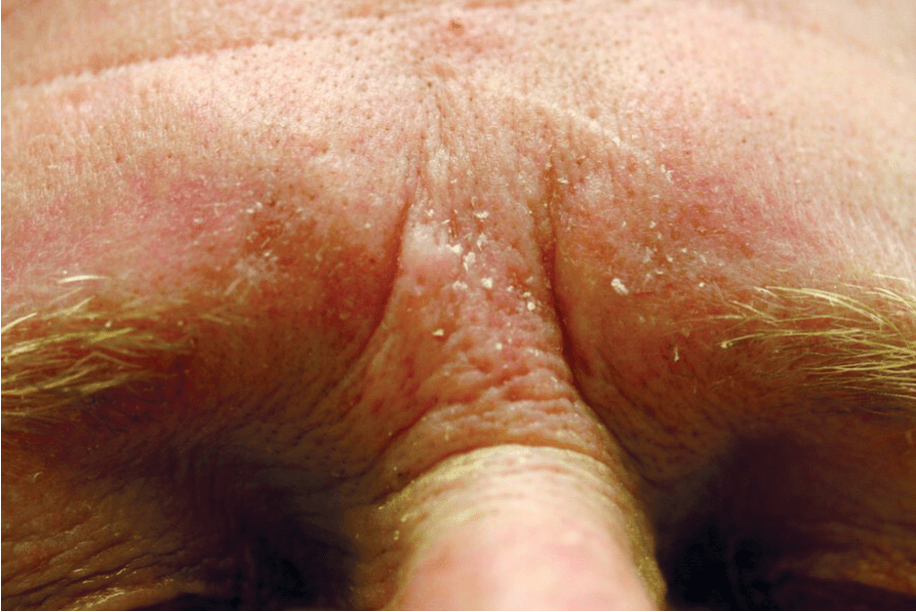
What is Seborrheic Dermatitis?
A spectrum of severe mucocutaneous reactions that are the most severe and deadly of the cutaneous adverse drug reactions. Key features include full-thickness epidermal necrosis with involvement of mucous membranes. Symptoms begin within 1 to 3 weeks of exposure to the inciting agent. 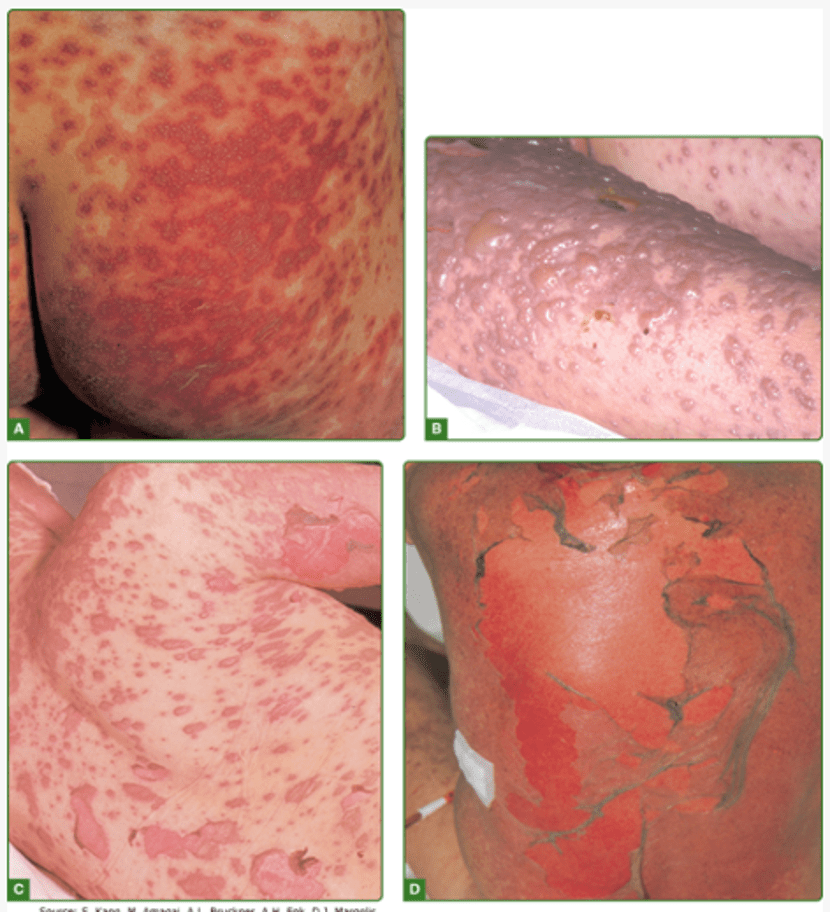
What is Steven-Johnson Syndrome/Toxic Epidermal Necrolysis?
SJS refers to patients with less than 10% BSA affected, and TEN refers to those with greater than 30% BSA affected. The term SJS/TEN overlap refers to patients with 10% to 30% BSA affected.
This is an inflammatory skin disorder of the apocrine glands that affects the intertriginous areas, such as the axillae, groin, and underneath the breasts; clinical findings include comedones, painful nodules, abscesses, draining sinuses, and scarring.
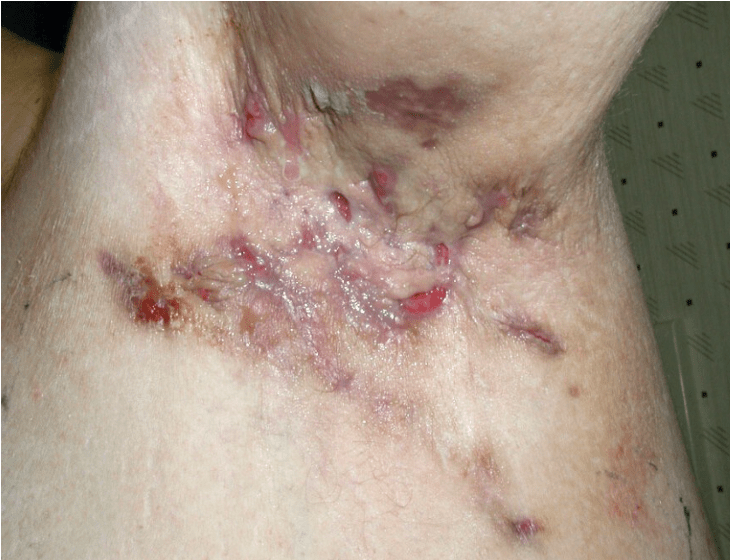
What is Hidradenitis Suppurativa (HS)?
This presents with skin fragility and bullae or erosions on sun-exposed areas, most frequently the dorsal hands. Treatment includes treating the underlying condition and phlebotomy; twice-weekly hydroxychloroquine is an effective alternative to phlebotomy.
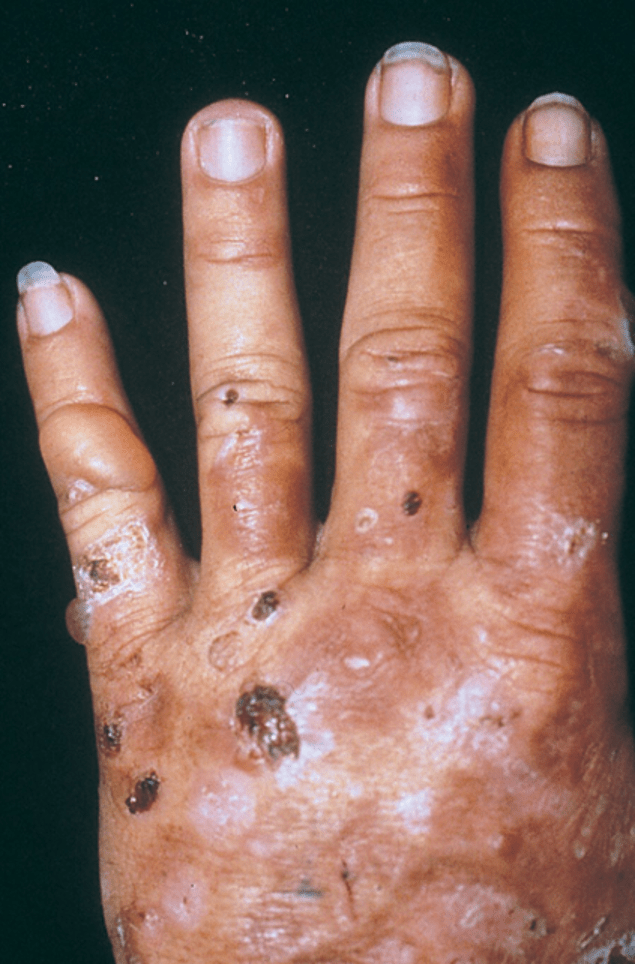
What is Porphyria Cutanea Tarda?
This is caused by a poxvirus. Papules can be located anywhere on the skin, but in adults the genital area is typically involved. Transmission is by direct contact or by fomites.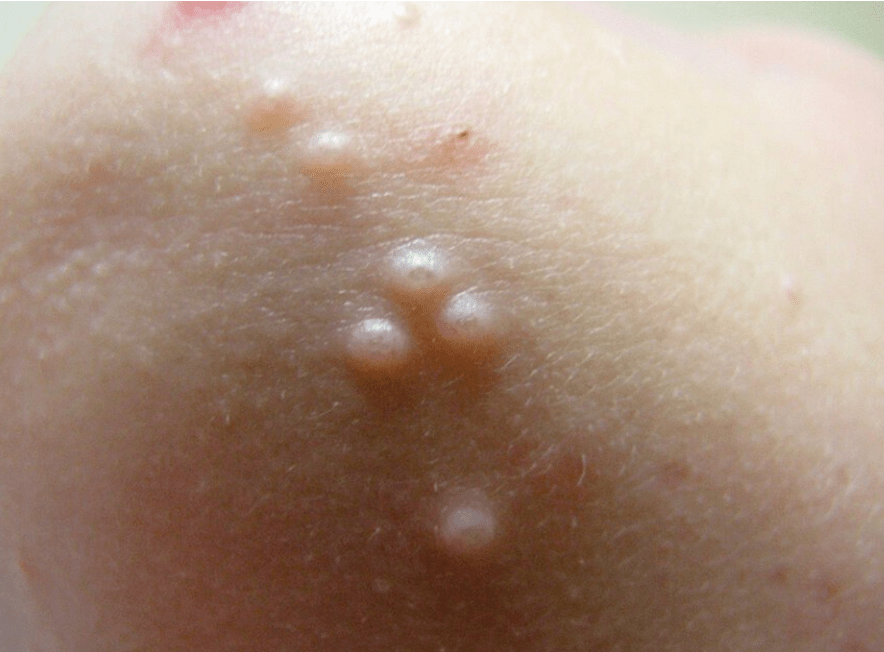
What is Molluscum Contagiosum?
These can display one or more of the identifying characteristics of melanoma; patients with multiple dysplastic nevi are at increased risk for melanoma and should be monitored closely.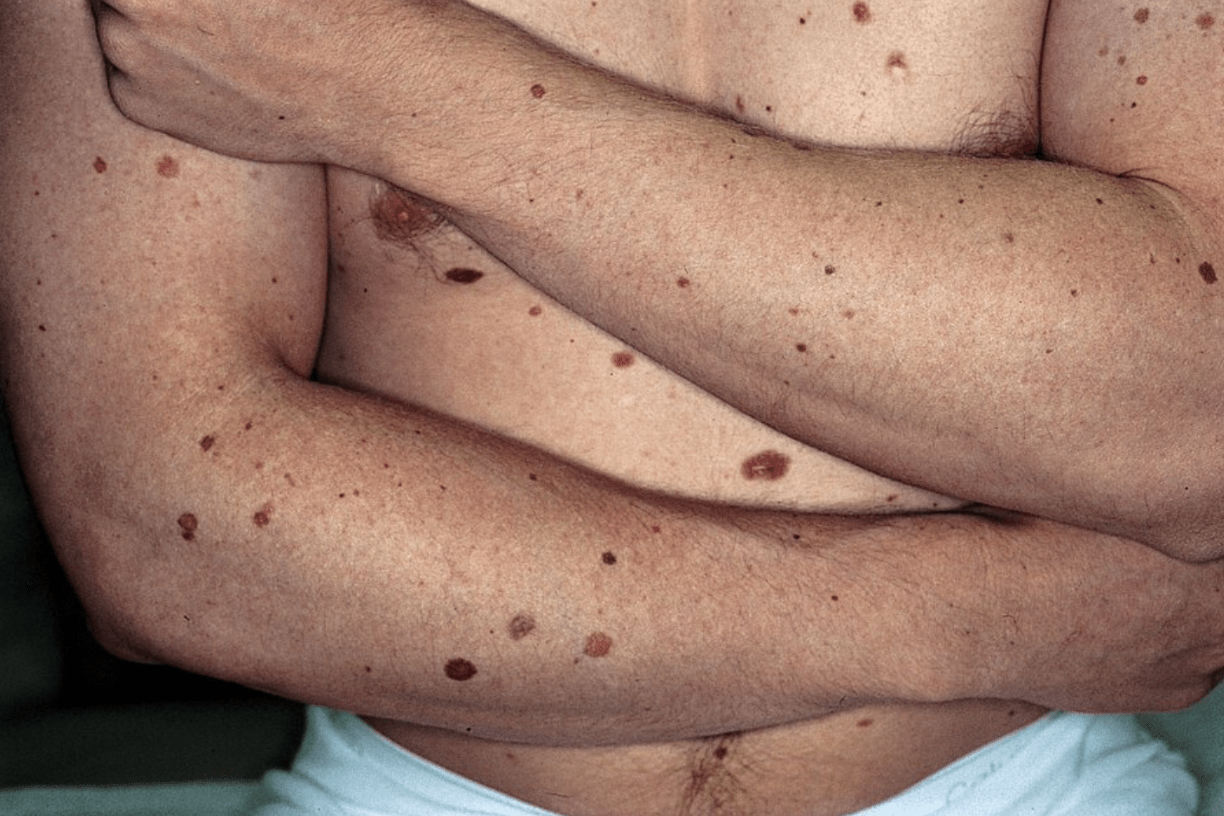
What are Dysplastic nevi?
This condition can be recognized by classic targetoid plaques that appear on the face and acral sites, such as the back of the hands and the arms, legs, or feet.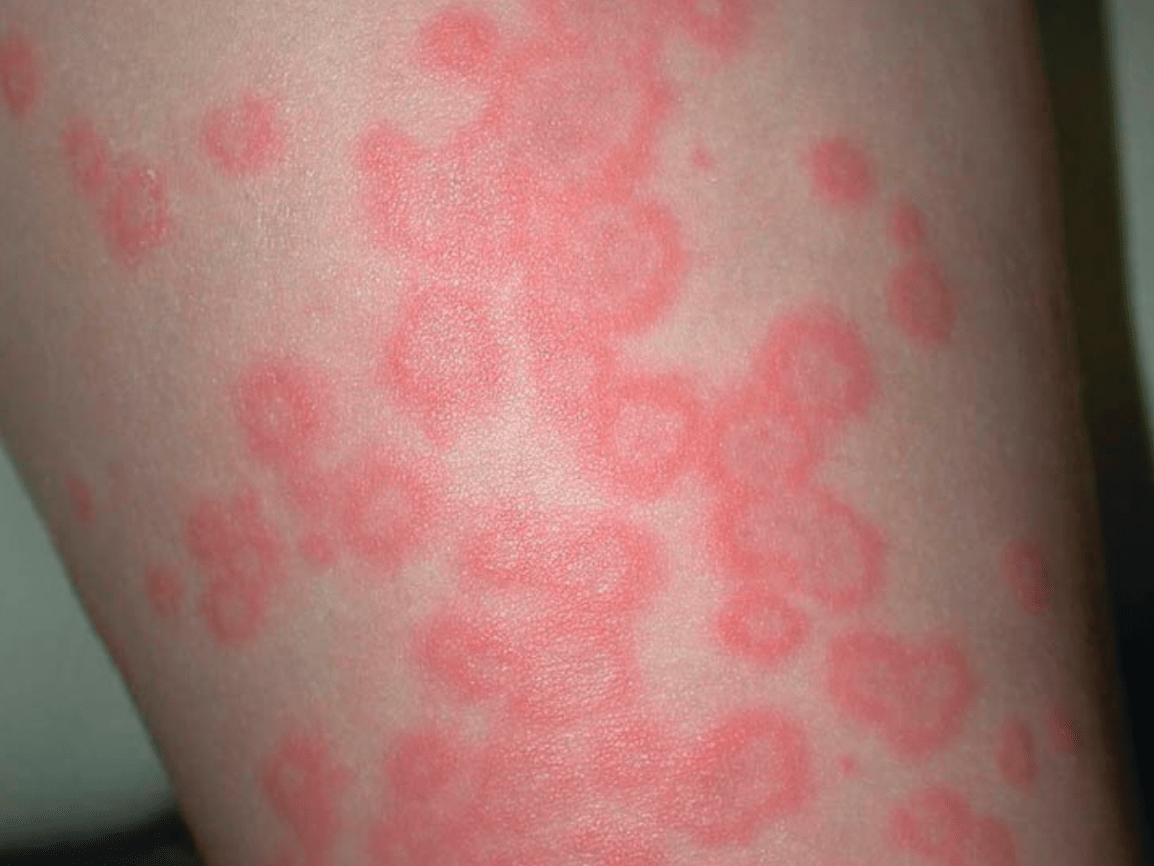
What is Erythema multiforme?
A chronic recurrent skin condition that is often seen in patients with obesity, is caused by moist conditions in skin fold areas and is worsened by heat and exercise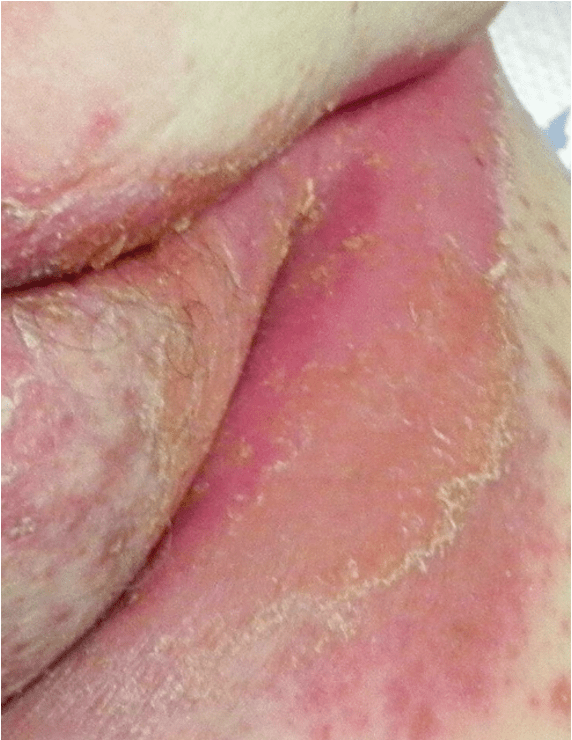
What is Intertrigo?
A severe life-threatening medication reaction. Unlike other severe medication reactions, the onset of symptoms is delayed, often 2 to 6 weeks after exposure. Symptoms begin with fever and flulike symptoms, quickly followed by burning skin pain and rash.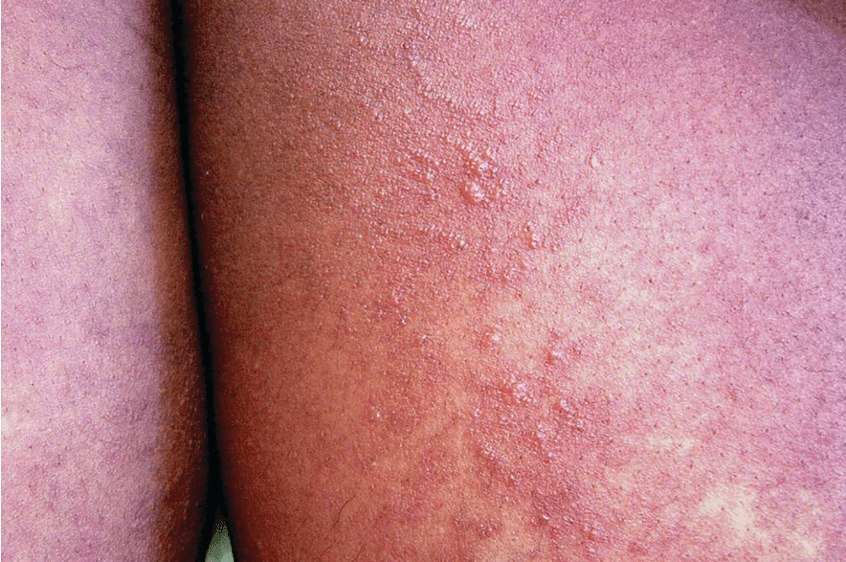
What is Drug-Induced Hypersensitivity Syndrome (DRESS Syndrome)?
Drug-induced hypersensitivity syndrome (DIHS) and drug reaction with eosinophilia and systemic symptoms (DRESS) are synonymous. DRESS is increasingly being referred to as DIHS to emphasize the fact that eosinophilia is not always present.
This is the most common intraepidermal autoimmune bullous disease and is characterized by flaccid oral or other mucosal bullae that rupture easily and leave erosions; treatment is oral glucocorticoids and steroid-sparing agents.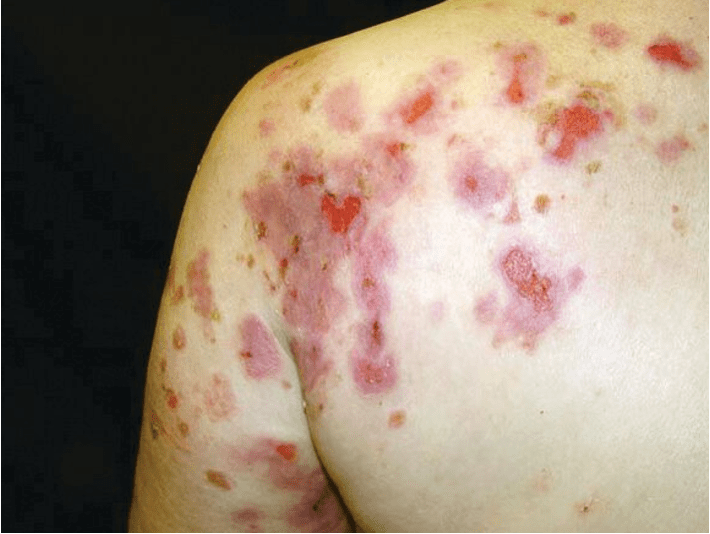
What is Pemphigus Vulgaris?
This is an idiopathic photosensitivity disorder characterized by a rash (most commonly pruritic erythematous papules) that persists for weeks and resolves without scarring. It is most common idiopathic photosensitivity disorder
What is a Polymorphous Light Eruption?
It begins as a single annular patch or plaque with fine scaling (the herald patch), typically on the trunk, followed by numerous smaller, skin-colored to pink papules and plaques erupting along skin cleavage lines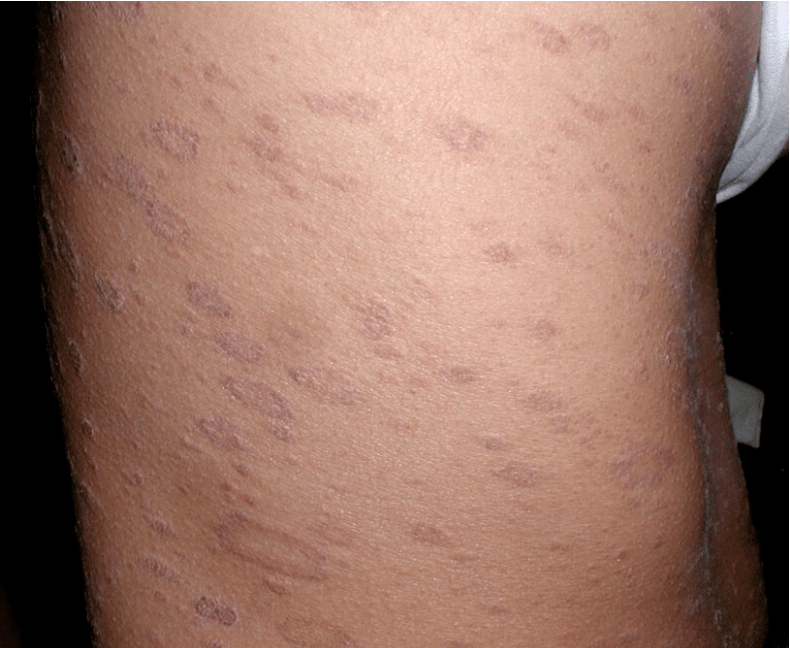
What is Pityriasis Rosea?
This presents as pink, scaly indurated plaques, papules, or nodules that can ulcerate and bleed.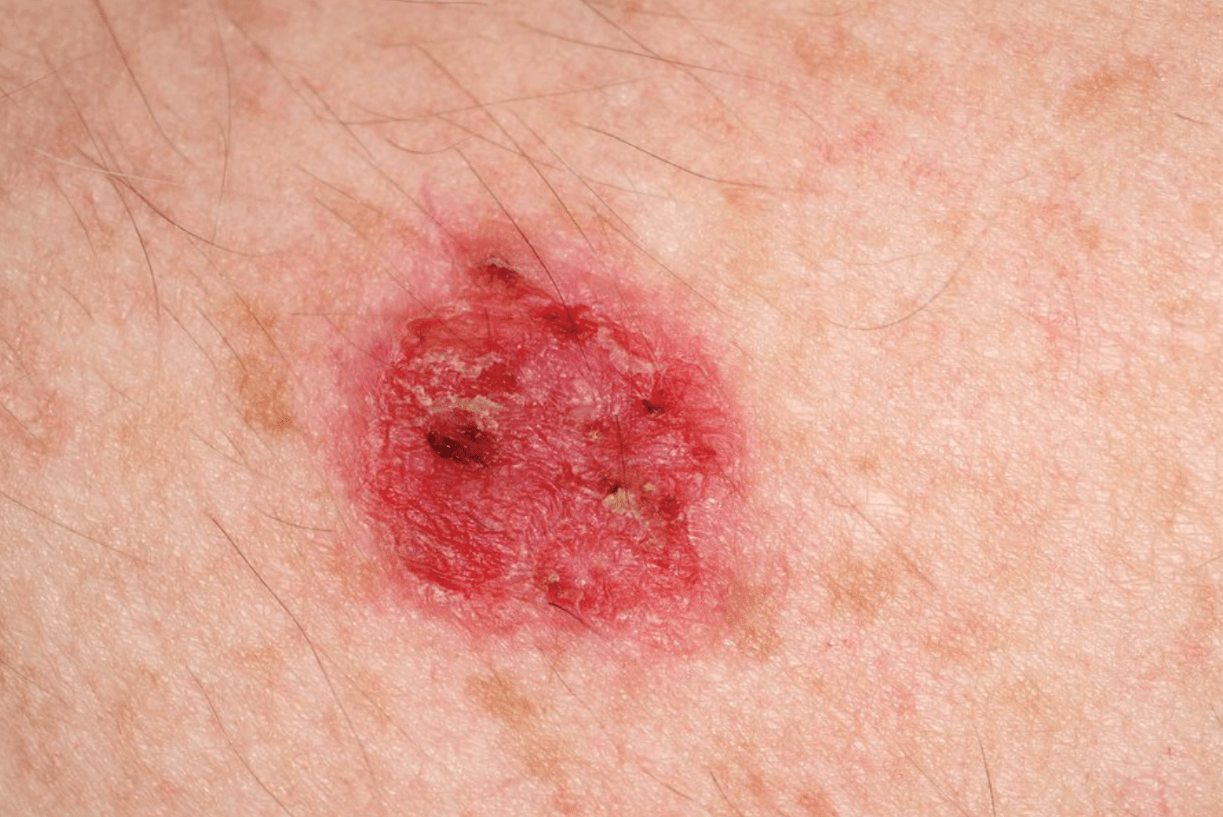
What is Squamous cell carcinoma?
This condition is is treated with potent topical glucocorticoids, whereas systemic glucocorticoids, oral retinoids, sulfasalazine, and phototherapy are used for severe cutaneous or persistent oral disease.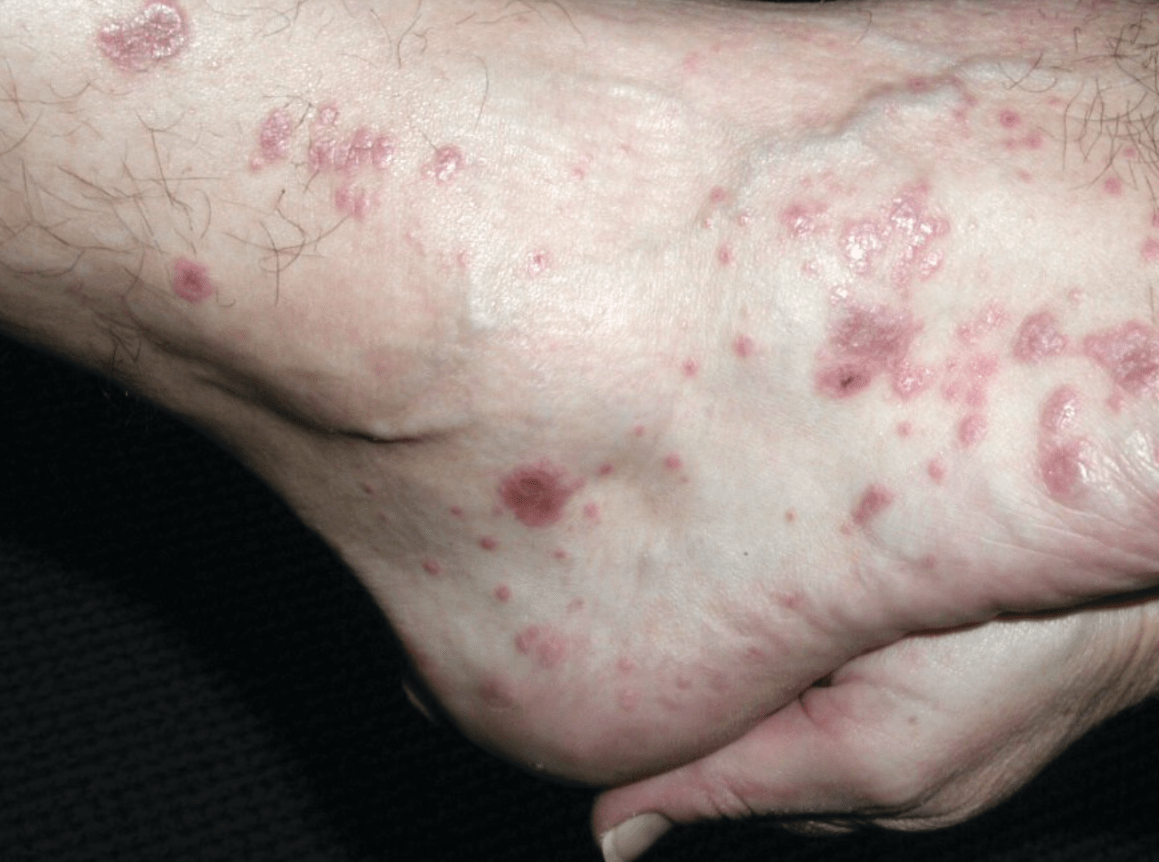
What is lichen planus?
Condition characterized by coin-shaped, pruritic, scaly plaques commonly found on the extremities
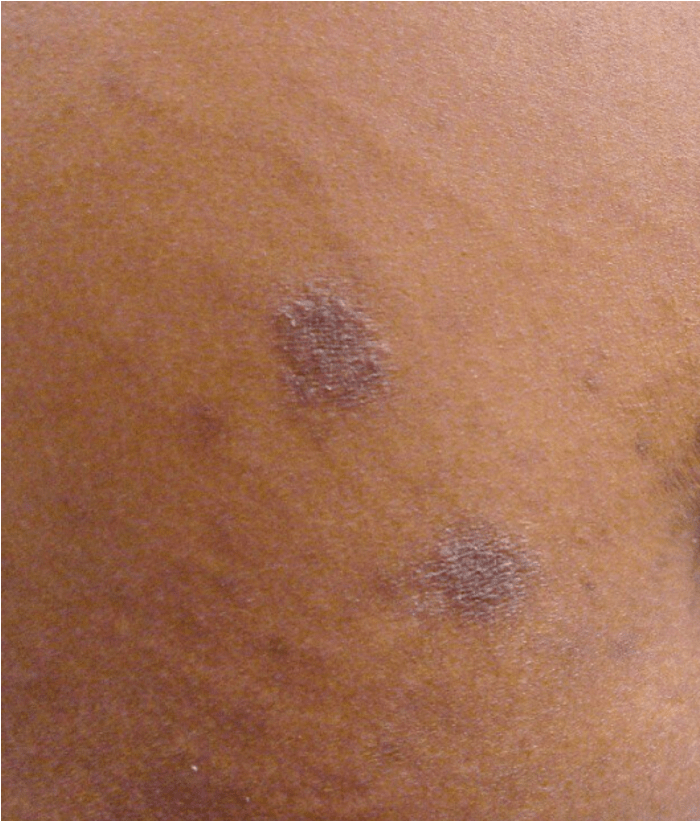
What is Nummular Dermatitis?
The rapid onset of pustular rash after a medication exposure in a patient without a history of pustular psoriasis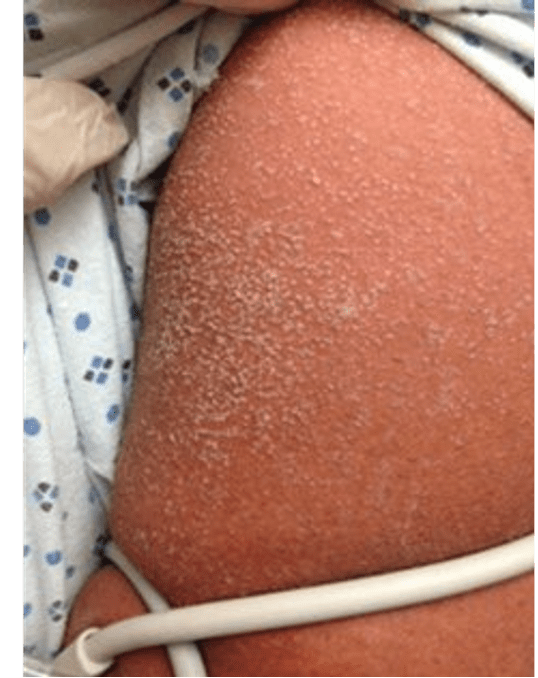
What is Acute Generalized Exanthematous Pustulosis?
This is the most common subepidermal autoimmune bullous disease and is characterized by variably pruritic urticarial and eczematous lesions that progress to tense bullae.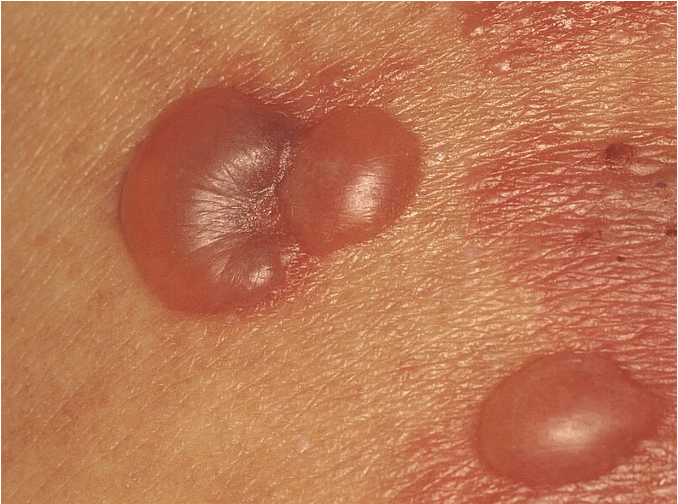
What is Bullous Pemphigoid?
This may occur in patients with liver disease and inflammatory bowel disease, and may manifest as a perioral and perianal dermatitis with vesicles, pustules, or plaques on an erythematous base.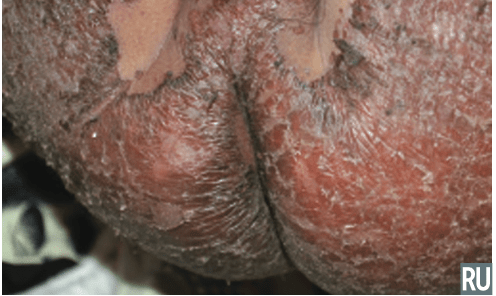
What is Zinc Deficiency?
This is a benign superficial bacterial infection of the skin manifesting as thin, pink-brown plaques in the groin, gluteal folds, or axillae. A Wood lamp examination will reveal a coral-red fluorescence. Treatment is erythromycin.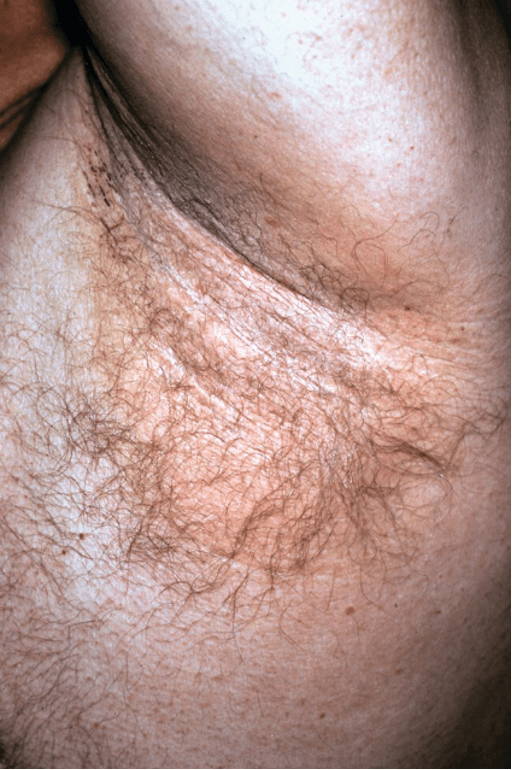
What is Erythrasma?
This is the most common type of basal cell carcinoma, typically presenting as a pearly or translucent nodule or papule with arborizing telangiectasias; it may often have a central depression or ulceration with a rolled waxy border.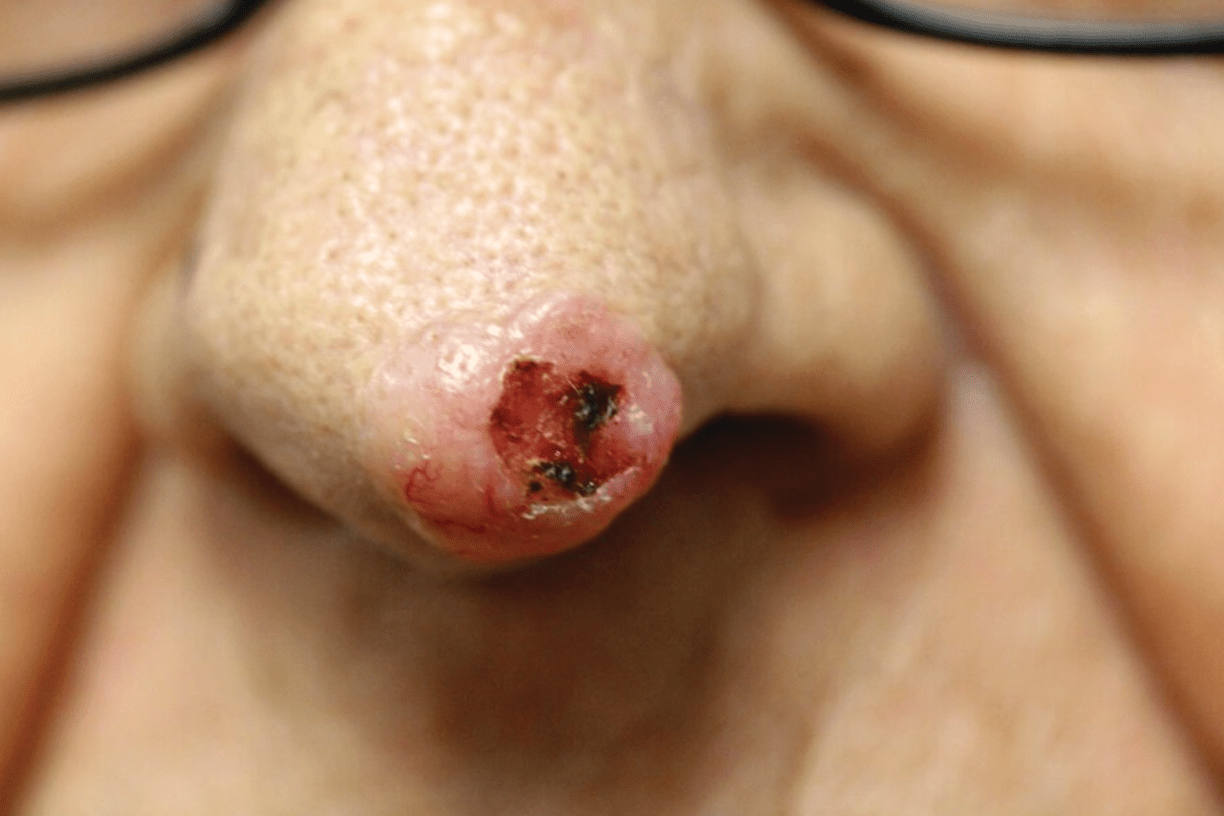
What is Nodular basal cell carcinoma?
This is defined as diffuse erythema covering 80% to 90% BSA. Management involves treatment of underlying cause and managing fluid and electrolyte imbalance; emollients and topical glucocorticoids and systemic antihistamines to improve symptoms.